Monday, 25 May 2009
Depending on your outlook, obsession can be a good or a bad thing. A few years ago, I developed a rather unfortunate case of Obsessive Compulsive Disorder in reaction to certain incidents that occurred in my life. I was controlled by my fears of cancer. I was not bedridden, but my productivity was, without a doubt, severely hampered. The words ‘what if’ and ‘metastasis’ lingered belligerently in the back of my mind, waiting for the right moment to strike, sending me into a panic attack. Umpteen trips to my doctor and countless medical tests later, I would be consoled somewhat, only to be thrown back into the line of fire should I even encounter the word ‘cancer’ on the news or in conversation. I was obsessed with the possibility of a cancerous growth; I just could not accept the idea of chemotherapy, morphine drips and an impending, painful death. I am now a lot better at managing these spikes and lead a wonderfully fruitful life.
But obsession can also be a good thing. Glenn Gould too suffered from Obsessive Compulsive Disorder. He was terrified of getting a cold and wore winter accessories all year long. Later in life, he also refrained from physical contact and would only wander out of his apartment in the dead of the night to avoid encountering people. But if Glenn Gould was not also obsessed about achieving a certain sound pianistically, he might not have developed his pointillistic approach to Bach interpretations - we could still be playing Bach romantically! In the same way, Yayoi Kusama has managed to churn out amazingly detailed pieces through an obsession with dots.
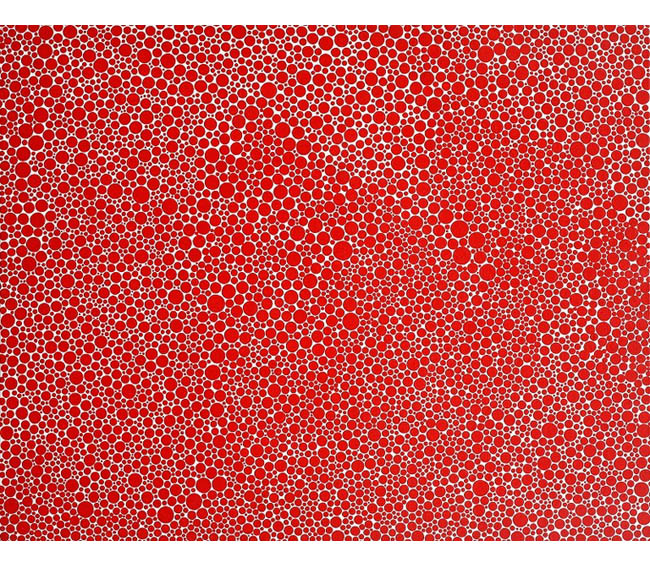
Kusama’s paintings focus on repetition, pattern, and accumulation. Describing herself as an “obsessive artist”, her mental illness began when, as a child, she began hallucinating the dots, nets and flowers which would later become her trademark. Today, she voluntarily resides in a mental institution in Japan.
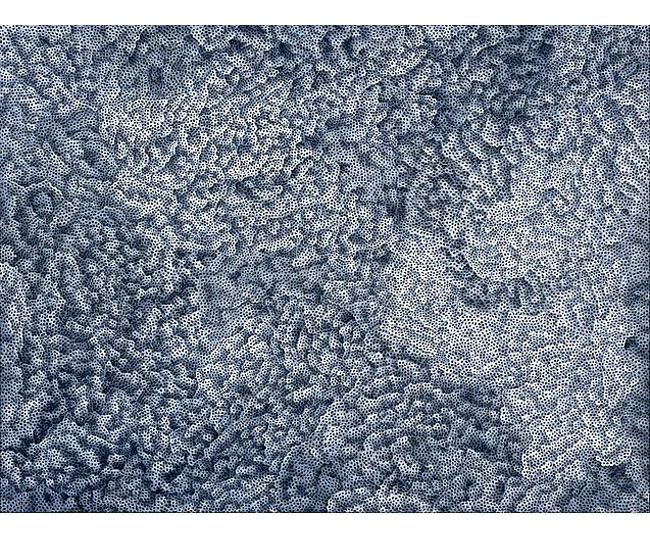
To think that such immense beauty can come from such a dark place…
Tags: Art, Japan, Painting
Posted in Uncategorized | No Comments »
Sunday, 24 May 2009
The 2010 World Expo will be held in Shanghai between May 1 and October 31, 2010. The event is expected to attract 200 participating countries and organisations and around 70 million visitors. It is sure to be quite an event.
Sweden recently unveiled its design of the pavilion to be built for the Expo. The building is designed by Johnannes Tull of SWECO, consists of four connected traditional urban-style buildings. In lieu of the Expo’s theme of “Better city – Better life”, the pavilion “reflects the harmonious interaction between city life and nature.” (Xinhua) The essential creative concept is “sustainability”, with proper use of materials for energy conservancy and incorporating advanced energy efficiency and recycling programs.
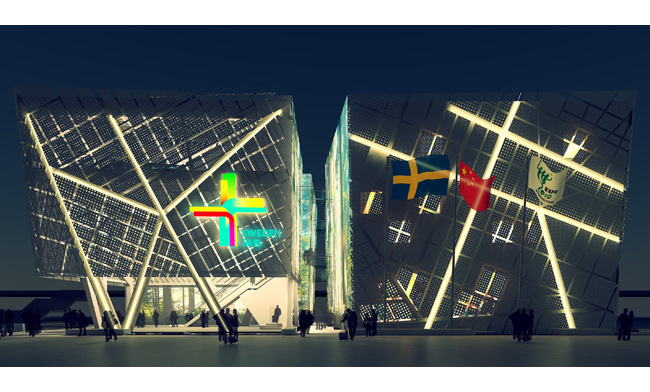

“The Swedish pavilion at Expo 2010 is a temporary building that will contain the Swedish exhibition, VIP areas and other facilities such as offices. The 3,000 square metre building will be constructed on a section approximately the same size, and will be located in the European section alongside the other Nordic countries.” (Expo 2010)
“Nature is close to the heart of every Swede and this makes it a natural starting point for innovation. Nature is a source of inspiration and creativity. What makes a city attractive is the networks which are created between people. An open, inviting and enriched urban room provides a good base for life energy and innovation. The pavilion will reflect the meeting between city and nature and the optimism and strength that can be created where they come together.” (Expo 2010)

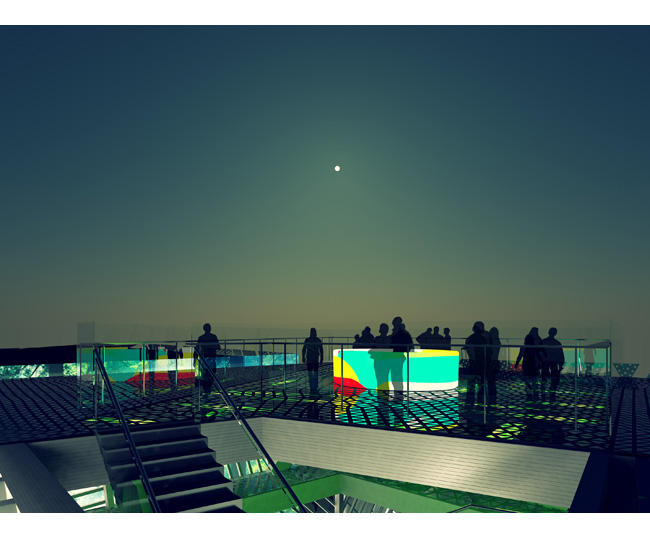
“The large public exhibition in the pavilion will reflect Sweden and Swedish capability, and will be visited by thousands of people each day. After they’ve been through the exhibition, visitors will be offered Swedish coffee and can buy typical Swedish presents and souvenirs in the gift shop. The Swedish exhibition should be an “aha” experience; read more about the concept in the exhibition section.” (Expo 2010)
Tags: Architecture, China
Posted in Uncategorized | No Comments »
Saturday, 23 May 2009
No words really necessary with the Mangrove Chair, designed by Eiji Shibata for Teko Design. It is a beautiful chair with highly organic lines and a rather appropriate name!
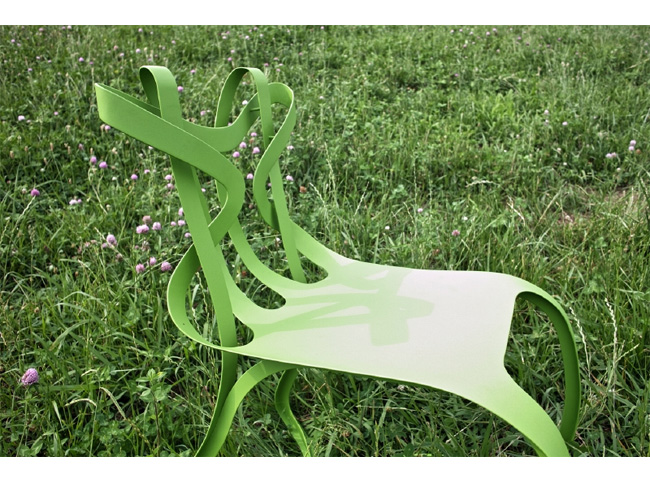
“What always fascinates me is a shape of complexly intertwining, that gradually brunches off from one substance, like that of botanical roots and branches. One day, I encountered an interesting figure that had no joint, no back and front, while I casually played with a ribbon, twisting, cutting, and connecting both ends. Ultimately, my experiments resulted in this topological form after studying various formation of gtwistsh, taking sketches, creating paper models and performing several trial on CAD/CG. The appearance from the seating face to the backrest and to the branched chair legs reminded me of roots of the mangrove, which is said to have multiple organisms assemble and create diverse of ecosystems. Since this chair is named ’Mangrove Chair’, my hope is making more people gather together and for new people to meet though this organically formed chair.” (Eiji Shibata)

Tags: Chairs, Furniture Design
Posted in Uncategorized | 2 Comments »
Saturday, 23 May 2009
Lawren Harris is another Canadian legend in the art world. Part of the Group of Seven, he pioneered a distinctly Canadian painting style in the early twentieth century. He reduced already stark Canadian Arctic landscapes into semi-abstract forms and simple shapes, and stopped signing and dating his work in the 1920’s so the viewer will not be distracted by the autograph.
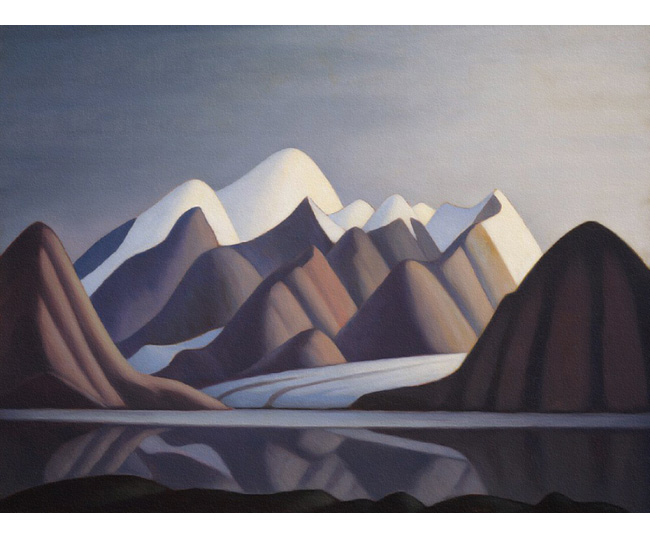
“Harris was so passionate about the North Shore and fascinated by the theosophical concept of nature, he returned annually for the next seven years. There he developed the style he is best known for. Harris’s paintings in the early 1920s were characterized by rich, decorative colours that were applied thick, in painterly impasto. He painted landscapes around Toronto, Georgian Bay and Algoma. His first trip to the Rockies in 1924 soon became annual, too, for the next three years. In 1930, Harris’s landscape paintings became simplified as he sailed with A.Y. Jackson aboard a supply ship.” (Lawren Harris)
Tags: Art, Canada, Painting
Posted in Uncategorized | No Comments »
Friday, 22 May 2009
Recently stumbled upon some fantastic shoes from UK company Mr. Hare. Mr. Hare is built on three brand values: “Quality, Style and Emotion. For years Mr. Hare has sought these qualities in the pursuit of great men’s shoes, only to be cozened by the inducement of comfort features or outlandish fashion attitude. Mr. Hare’s man is, sartorially, a swan amongst geese, worldly in the modern way and as rural as urban.”
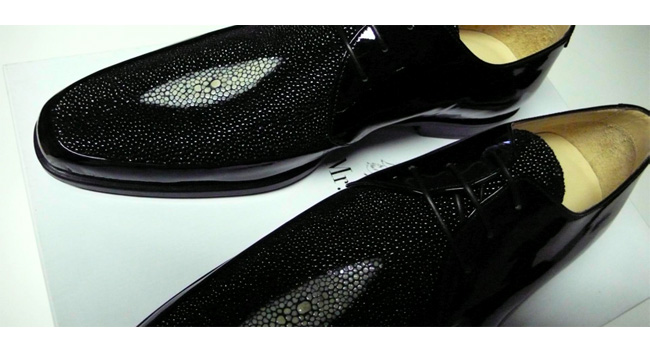
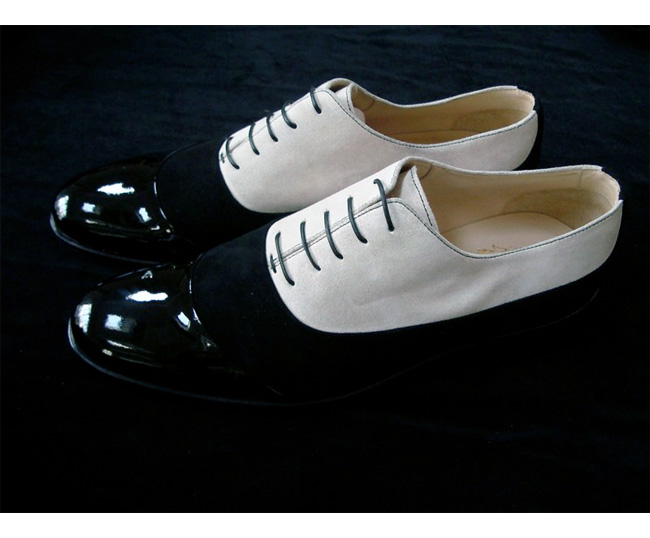
Tags: Fashion
Posted in Uncategorized | No Comments »
Friday, 22 May 2009
I cam across this Belgian sculptor recently and her work just blew me away. Her visually-arresting sculptures seem to reflect torture, pain and suffering in life - disturbing notions that I try to shy away from. It’s really a culmination of carcass, wild butchery and rotting flesh. Take Marthe, as pictured below:

A life-size, frail, sallow decapitated figure wrought of wax, Marthe is pulled to the ground by “the grotesque roots that grow from her shoulders. Unable to escape from social and self-inflicted pressures, the strangely beautiful creature hunches in agony as she succumbs to unbearable suffering.” (Scallywag & Vagabond)

“Inspecting the surfaces, you find that they are replete with detail, with subtle flourishes of bulging veins and rippling muscles. Yet their various bodily clefts reveal torn and ragged cavities, offering a glimpse into hollow insides — once again, the human body reduced to a bag.” (Artnet)
Pictures sourced from Saatchi Gallery.
Tags: Art, Sculpture
Posted in Uncategorized | No Comments »
Thursday, 21 May 2009
André Butzer is a German artist whose work is not typically my idea of beauty. I have an affinity to minimalism and simplicity, but his work is frequently the complete opposite of my ideals. Jarring colours and crude, rudimentary figures explode onto his canvases, creating paintings that exude a wild, rather unrestrained, energy and creative flow. However, every colour and figure used seems to be carefully articulated, not just randomly chosen. The result is one that exudes passion and power, such as the one below titled “Hemmleben”. It is his method and approach to art that challenged my perception of beauty.

“Balancing between abstraction and figuration, Butzer’s crude aesthetics point to a modern day primitivism. Positing an instinctive response to the over saturation of media imagery and the constrictive weight of art history, Butzer’s paintings strive for, yet acknowledge the futility, of genuine expression. This ideological bankruptcy runs throughout Butzer’s work as a kind of ’slacker virtuoso’ which humorously combines angst of modernism with an unapologetic Kippenberger-like cynicism.” (Saatchi Gallery)
Picture sourced from (Art Daily)
Tags: Art, Painting
Posted in Uncategorized | No Comments »
Thursday, 21 May 2009
Antony and the Johnsons’ single ‘Epilepsy is Dancing’ has been sitting on my desk for quite a while now, and I am still taken aback by the imagery. It is of Dr. Julia Yasuda, taken by Don Felix Cervantes and overlaid with sketches made by Antony Hegarty himself. The additional sketches amplify the anguish and pain of the subject, creating this bizarre and haunting image:
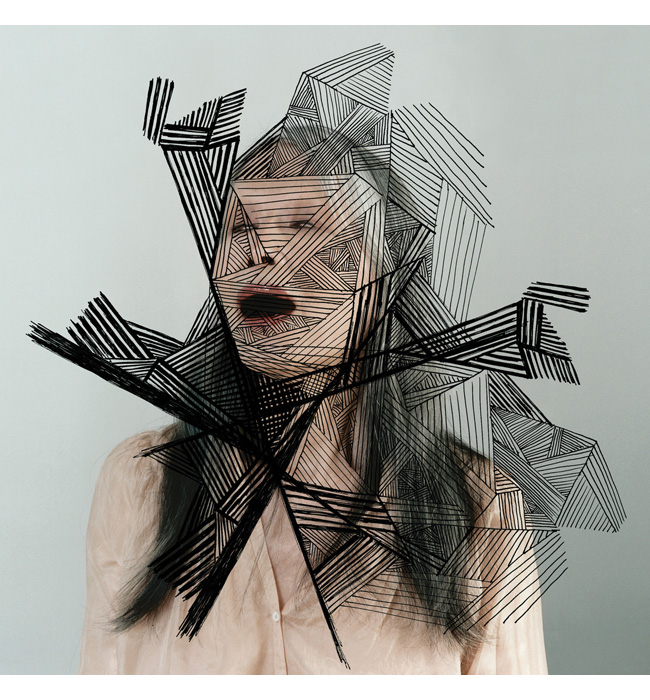
Yasuda was “born with Klinefelter’s Syndrome in Sheng-Yang in Manchukuo, Japanese-occupied Manchuria. In 1959 he started as an assistant in the radio engineering department of the Musashi Institute of Technology. He got a PhD in mathematics there in 1973. In the late 1970s he met the photographer, who would become known as Erika Yasuda, at an S&M bar in Tokyo, and became her model and assistant. In 1984 the couple moved to New York where Yasuda became visiting professor at the Courant Institute at New York University, and later professor of mathematics and logic at the University of Maryland. After her death, Yasuda became a she. In 1995 she met Antony Hegarty and began performing with Anthony and the Johnsons.” (Gender Variant Biography)
Tags: Concept, Graphic Design
Posted in Uncategorized | No Comments »
Wednesday, 20 May 2009
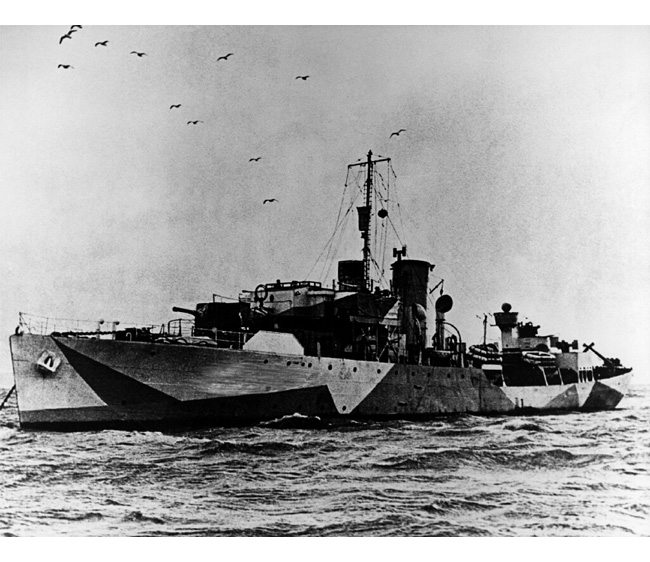
“HMCS Brandon… was commissioned in Quebec City on July 22, 1941 and arrived in Halifax August 1. She joined the Newfoundland Command in September after working up and left St. John’s September 26 for her first convoy, SC 46. She served as an ocean escort to and from Iceland until December, when she arrived in the U.K. for three months of repairs. From mid-March, 1942, after three weeks work-ups at Tobermory; she served on the “Newfie-Derry” run almost continuously until September 1944.”
“From December 1942, onward, she served with Escort Group C4, helping defend the hard-pressed convoy HX.224 in February 1943, and in the following month escorting convoys to and from Gibraltar. In August 1943, she had a three-month refit at Grimsby, England. On February 5, 1945 she arrived in St. John’s to join the Western Escort Force, in which she served until the end of the war. Paid off at Sorel on June 22, 1945, she was broken up in Hamilton, Ont., in 1945.” (Canadian Navy)
Tags: History, War
Posted in Uncategorized | No Comments »
Tuesday, 19 May 2009
I stumbled across this amazing Illustrator in Spain - Borja Bonaque - whose style marries simple shapes with rich texture, giving the final look a somewhat noir-ish feel. I am particularly impress with his use of colour and shadows.
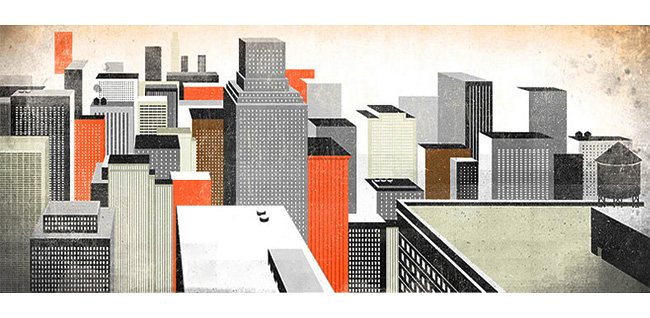
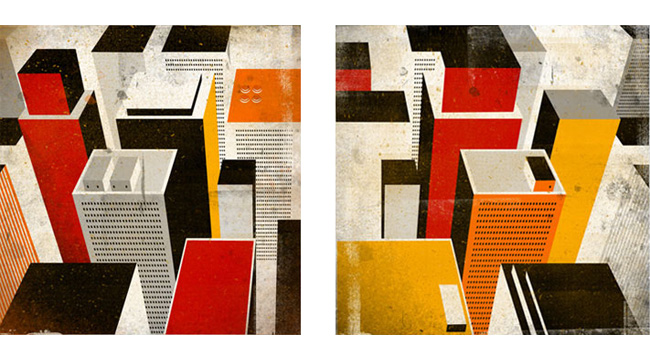
Tags: Illustration
Posted in Uncategorized | No Comments »



















